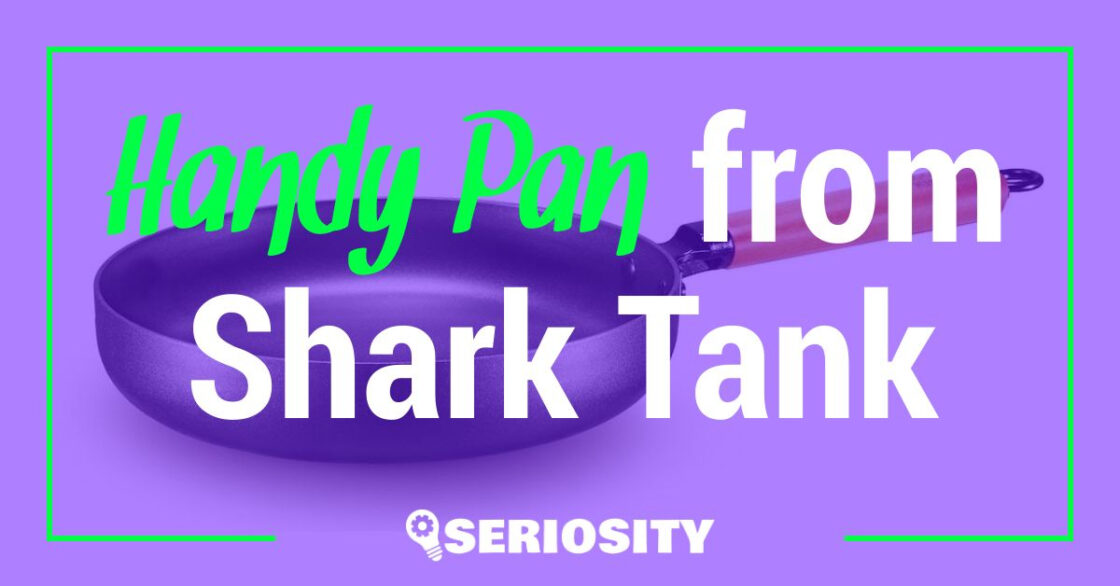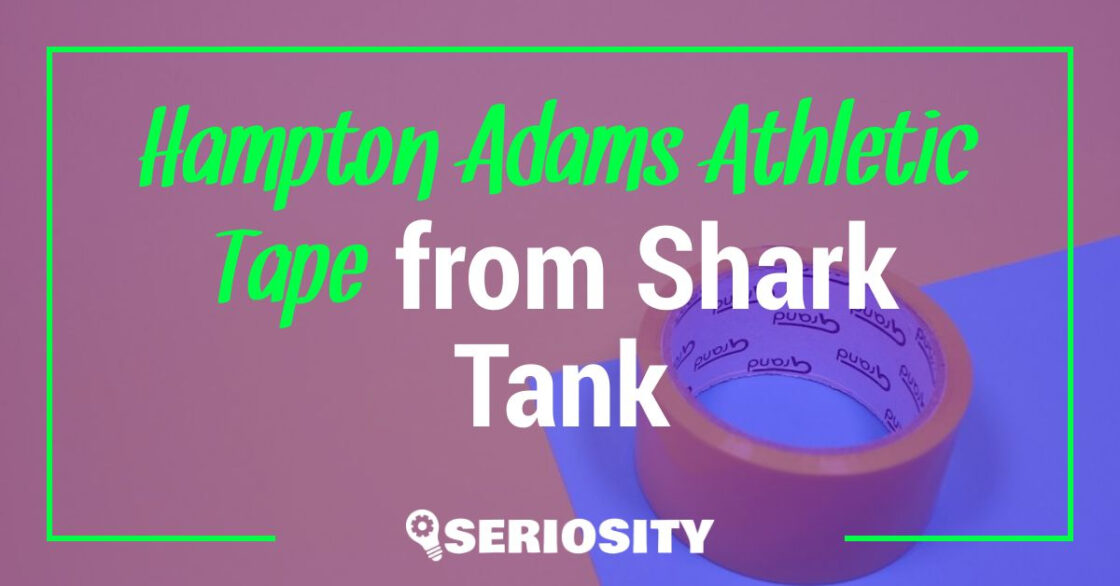Hot summer days are all about splashing in the water and sipping your favorite chilled drink in the pool. Don’t have a pool? No worries. Swimply is here!
Public pools are typically uncomfortable for people who don’t have their own. Yet families who have their pools don’t use them all year. Laskin devised a win-win solution for both and introduced a pool renting app.
When Laskin was 20, he inquired about using their neighbor’s pool for his siblings. The young businessman eventually decided to pay 25% of the monthly maintenance fee if their neighbors allowed them to use the pool.
The woman who let the Laskins have a splash in her pool made similar arrangements with other kids in the area.
She quickly started making a profit in addition to paying her maintenance expenses. That’s how the concept for Swimply first emerged.
Pool owners advertise their pools by providing a list of specifications and images. They also establish the guidelines that users must abide by and choose the hourly rate.
Swimply then conducts a check for cleanliness and safety. The hosts must supply a public bathroom, instructions to the one within the residence, or an outside toilet. Swimply deducts a commission of 15% from the fee.
People who wish to enjoy the pool may look up the hours and choose the day and time that work best for them. Swimply oversees all inter-host and inter-user communication. 10% is the service cost for Swimply.
Only four pools were available in the New Jersey region when Laskin started its beta.
He later searched for homes with pools using Google Earth. To get homeowners to sign up on his platform, he physically visited them door to door. He identified the best 100 pools utilizing this strategy, boosting his popularity.
His friends and family handed him $30,000 to start the company formally in 2019. The business owner obtained over 400 reservations and raised almost $1.2 million.
Laskin believed it would be a sensible move to seek the support of financiers on Shark Tank despite the significant monetary commitment he had recently made. He appeared on the show in 2020 and offered $300,000 for 5% stock.
The quick-witted businessman asserted that Swimply might turn a $15 million profit by 2021. Kevin O’Leary and Barbara Corcoran thought his projections were much too extreme.
Even though the business strategy appealed to Mark Cuban and Lori Greiner and was comparable to Airbnb, they were still skeptical about the forecasts. Laskin had to leave the Tank without any deal.
The Swimply app is presently available in Australia, Canada, and the United States. Over 9,400 people follow them on Instagram, and 1,900 people follow them on Facebook. It’s available on Google Play and Appstore and has a 4 and 4.5 rating, respectively. Swimply appears to be a novel concept with potential for significant growth and a valuable side hustle for pool owners.
Our Review of Swimply
Swimply’s webpage and mobile app function by letting owners of swimming pools advertise their presence with a few pictures and, ideally, a list of features. Homeowners can set an hourly fee and specify a few guidelines that the guests must abide by when using their swimming pool.
Swimply inspects the pool for cleanliness and safety after it has been added to the app. Additionally, Swimply mandates that pool owners give guests access to public restrooms or, at the very least, offer specific instructions to a private bathroom. A pool owner may start charging a fixed rent with a 15% commission deduction from Swimply, provided they meet a few fundamental rules.
However, people who want to enjoy a pool may browse Swimply’s directory and reserve their day and time. When an agreement is established, Swimply will oversee the communication between its clients and the host. Additionally, Swimply will charge its customers 10% of the service charge.
Users and hosts may communicate on the Swimply app and website, or they can even grade one another based on how well-treated their property was by swimmers.
PROS of Swimply
- They have 27 locations in the US, with some from Canada and Australia.
- They have 3,000 pools in their database.
- Their database has 60,000 swimmers.
- There’s an option for pre-booking.
- Along with swimming pools, there are other amenities available.
- Guaranteed cleanliness and safety following CDC guidelines.
- Swimmers and hosts have to sign waivers after their bookings.
CONS of Swimply
- Not accessible in all states.
- Pricey compared to public pools.
Who Is Swimply For?
Swimply is a platform that connects pool enthusiasts with pool owners willing to rent their pools under the pre-set terms and conditions. Services offered by Swimply are not restricted by factors like location, sexual identity, or age. The entire family may enjoy Swimply, a group of mates, or a corporate getaway.
Are There Any Alternatives?
Swimply is the only business of its sort at the moment and has no competitors. There may be other websites or apps online that let you rent out houses with pools, but none of them are solely focused on swimming pools.
Our Final Thought
Swimply is one of the finest unsuccessful Shark Tank ventures to succeed. The pandemic slammed the economy soon after the episode featuring Swimply was broadcasted. Private pools were still operational despite this forcing closure of the public ones. Over 250,000 people have downloaded the Swimply app from the Apple and Google Play stores.
As a result, he received 15,000-20,000 reservations each month, leading to a turnover of over $1 million. Swimply is now active in Canada, Australia, and the United States and has received predominantly positive consumer feedback. Swimply has a market value of $30 million and makes about $10 million annually.
With minimal investment costs and a large clientele, Swimply is expected to grow more because pool parties and fun will never go out of trend.





